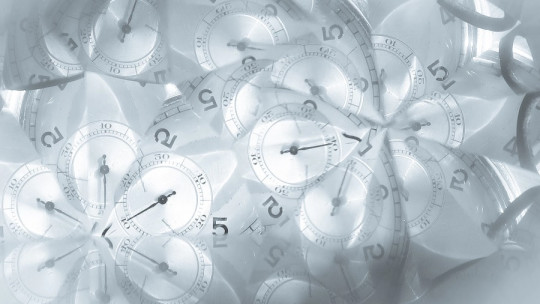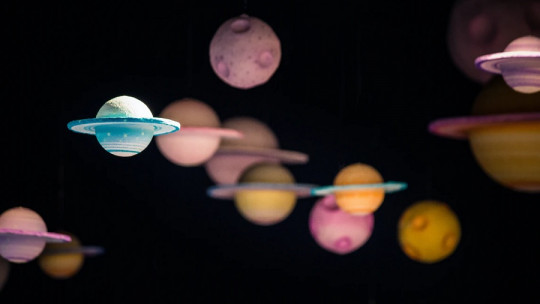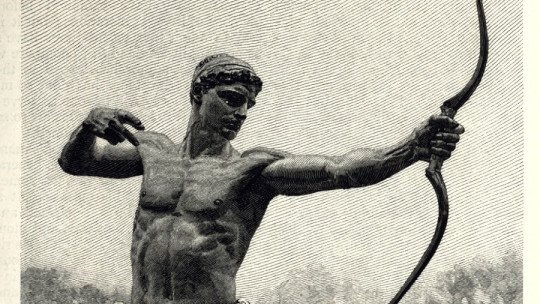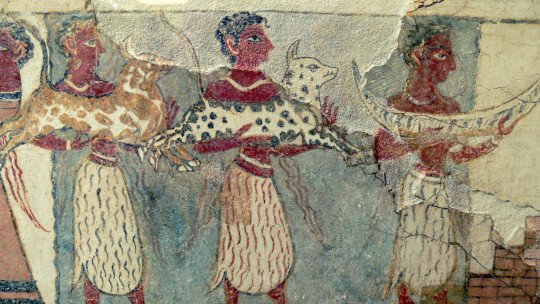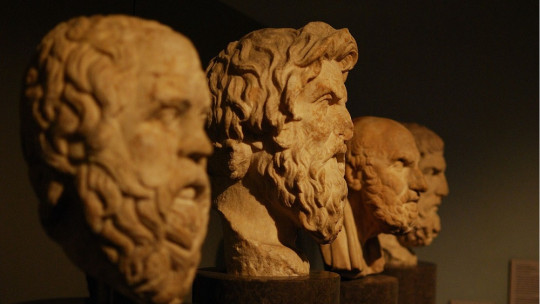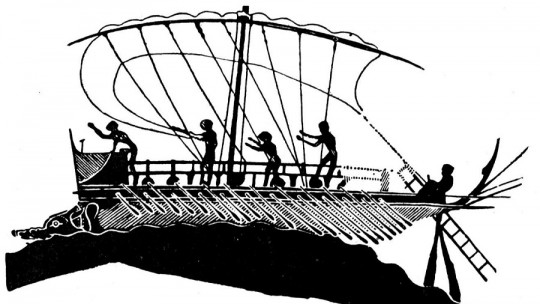
The Ship of Theseus Paradox It is based on asking the question of whether after all the pieces that make up an object have been replaced, it can continue to be considered the same or it would become a different object from the initial one.
It is a paradox that It has its origins in a legend of Greek mythology, which consists of various variations and additional questions to the original. In this article we are going to review what this popular and mythical Greek paradox is about.
What is the ship of Theseus paradox?
The legend that gives rise to the paradox of Theseus’s ship relates that on one occasion Theseus was returning from the island of Crete, along with his crew, and they were on a ship that was already quite old. During the journey (which was quite long) the ship became increasingly damaged. Every damage the ship suffered was repaired by the crew the broken piece being replaced with one in better condition, and sometimes the pieces were recycled and placed in different parts of the ship.
When Theseus and his crew reached port, the ship had been completely modified there was not a single piece left that was from the ship in which they left the island of Crete, or failing that, these had been recycled and placed in different places, as a new piece.
This particular event raised a question from the philosophers of that time: “Is the ship in which Theseus and his crew arrived at port the same ship in which they left the island of Crete?”
Paradox explained
What is sought with this Greek paradox is to clarify in some way what is the essence of bodies and objects, their identity which makes them something unique.
Although legend tells the story of Theseus’ ship and its crew, the paradox can be extrapolated to almost anything else. It is applicable to other situations and objects that experience an intense change in most of their initial parts
Examples of the paradox
Some good examples in our current era that can serve to adequately illustrate the paradox of the ship of Theseus are the following.
1. Repower the computer
When people repower their computer, the process involves replacing a series of elements at a physical level (hardware) and programming (software) that are quite significant for the operation of the equipment.
Basically, the parts that are replaced They make the computer operate like a different one than the one it had before, but… Is it really another computer? Or is it the same computer with new parts?
2. Vehicle reconstruction
Sometimes, after an accident, some vehicles are quite damaged by the accident and almost all of their parts are repaired. Repair of these vehicles consists of replacing all damaged parts with new or used parts in good condition.
The questions that arise after the vehicle rebuild process is completed are the same as the previous example.
3. Sale of commercial premises
When selling a commercial property, it is generally almost everything about it is changed; the staff, the infrastructure, and sometimes even the name
But if the trade continues to be dedicated to the same thing as the previous one, the questions that we already know arise in the same way.
4. The human body
Humans They are long enough that virtually all of their cells are replaced several times by younger generations.
Proposed solutions
The famous philosopher Aristotle proposes to provide a definitive solution to the questions raised by the paradox of the ship of Theseus by differentiating between the different types of causes.
1. Formal design
As long as a thing maintains its formal design, that is, it continues to look the same way, it doesn’t stop being the same thing
2. Material cause
If an object maintains its initial matter that is, it is not reconstructed with pieces of another material, regardless of whether these are new or not, it can continue to be considered the same object.
3. Final cause
The final cause is the purpose for which said object has been made As long as a body or object, no matter how reconstructed it may be, continues to maintain its final cause (the purpose for which it was designed), it will continue to be the same initial object.
4. Efficient cause
This last consideration by Aristotle proposes that as long as the methods used in the repair and replacement of the parts of an object are done following the protocol stipulated for it, the object remains the same as before, only with modifications designed for it. .
Definition of “the same”
Finally, it is important to understand that the definition of “the same” is something completely subjective, because for some people it may be the same to have two exactly the same bicycles stored in their garage, but for the most puritans this idea would not work.
Taking into account that there cannot be two bicycles occupying exactly the same physical space anywhere even though the bicycles are identical, These would have a characteristic that the other cannot share: the physical space occupied will never be the same.

